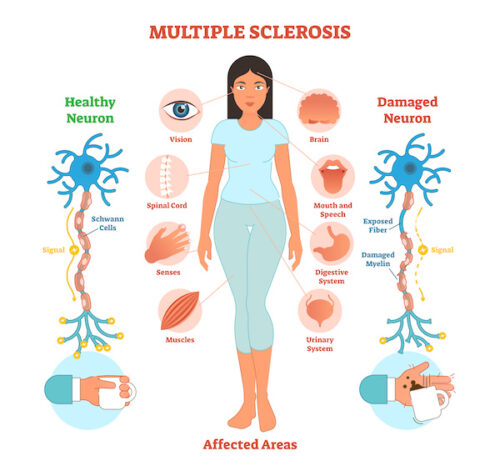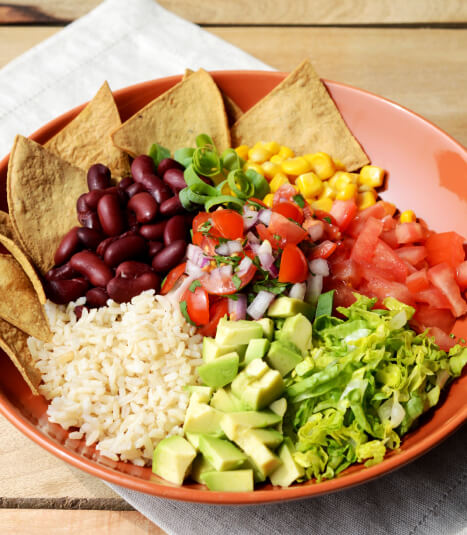Hypertension (High Blood Pressure)
Estimates are that between one-half to one-fourth of the people in the United States have an elevated blood pressure, and therefore run an increased risk of suffering from a stroke, a heart attack, or sudden death. Unfortunately, present day drug therapy does little good and much harm.
An important medical review concerned with the treatment of blood pressure with drugs came to the following conclusions:
“There will be no appreciable benefit to an individual patient from treating a diastolic pressure of less than 100mm Hg.”
“Secondly, there is no evidence that any particular level of systolic pressure should be treated, and thus there is no reason to treat patients with isolated systolic hypertension, however that might be defined.”
“Thirdly, blood pressure varies…It is prudent to check the pressure on several occasions before deciding whether to treat…”
“Fourthly, it is probably more important to stop a patient smoking than to treat his mildly raised blood pressure.”
Overzealous treatment of high blood pressure with medications results in an increased risk of heart attacks, strokes and death, especially when with those drugs the diastolic pressure is lowered below 85-90mm Hg. Some investigators even declare that lowering blood pressure below 105mm Hg with drugs is associated with an increased risk of heart attack. Possibly this ill effect of reaching too low a blood pressure by treatment with drugs is the result of a sudden critical decrease in the flow of blood to the heart muscle. (This relationship is true only for lower blood pressures in people on medication–a low pressure of 110/70, with no medication, is a sign of good health.)
Elevated blood pressure is not a natural disease of inevitable dysfunction, dependent upon aging. Rather, a high blood pressure is the sign of a life-threatening sickness of the blood vessel system itself. The blood vessels are clogged with the plaques of atherosclerosis; the fats in our diet cause the blood to sludge and the vessels to spasm to the point where it moves too slowly against resistance. Because of the plaques, less space is provided for the circulating blood to flow through, and, loss of elasticity in arterial walls leads to a serious resistance to easy flow of the blood. This resistance causes the pressure upon arterial walls to rise, just as the pressure in a garden hose goes up when you press a finger over the nozzle.
Treating the major sign of this problem, elevated blood pressure, cannot be expected to be any more effective than treating only the signs of other diseases. What happens to the person with a fever from pneumonia when only the major sign of the disease, the fever, is treated? You soon have a dead patient. Similarly, in cases of high blood pressure the actual disease is the sickened blood vessels and the sludged blood in them, and that underlying disease must be corrected or the patient’s life will end in tragedy.
When a physician evaluates the risk of stroke, heart attack, or of death for a patient, elevated blood pressure is only one sign of the extent of disease in the blood vessels. Other indicators of risk include blood levels of cholesterol and triglycerides, obesity, family history, and age.
The main cause for the development of high blood pressure is a few short years of living too luxuriously, gobbling down all those rich tempting foods, full of fats and salt, that you simply haven’t the strength, or the sense, to refuse. It doesn’t take long to change the dynamics of flow in the blood vessels–one in eight high school students in the United States already has an elevated blood pressure. The blood vessels in a person who does not watch his diet eventually become so diseased that one day a vessel is blocked by a clot or bursts open, killing parts of the heart muscle, or of the brain, leaving him an invalid for the rest of his life. Often, in fact, killing the whole body, in a matter of seconds.
The blood vessels must be made healthier and stronger, as soon as possible, so they don’t burst toward either the inside or the outside. They begin to heal as soon as the causative processes are corrected. Changing to a low-fat, no-cholesterol, low-sodium, high-potassium diet (in other words, to a starch-based diet) allows the blood to flow more easily within a few hours. In short, as soon as fats stop coating the blood cells and making them stick together. Spasms in the blood vessels also stop within hours. With such relief of sludging and spasms, the blood pressure often drops to normal in less than 48 hours.
Dosages of blood pressure medications must be lowered quickly, after the changeover diet is begun, in order to avoid hypotension (low blood pressure), weakness, and dizziness. On the day the Program is started, I generally stop all blood pressure medications if the patient is taking less than four mild pills a day. I make exceptions to this rapid discontinuation of medication when a blood pressure condition is more severe than usual or if my patients are taking Beta-blockers.
If the patient is on very strong dosages of medication this is itself an indication of a serious health problem. With powerful medication I generally cut dosages in half every three days, until the amount of medication taken is insignificant, then I have them stop. Beta-blockers should be stopped slowly to prevent the onset of chest pain and rapid heart beat associated with withdrawal. You must have the help of your physician in reducing your medication.
Your blood pressure should be measured at least once a day. You goal is a pressure of 110/70 or less without medication. Medication to lower pressure may be given when the pressure is found by many readings to be greater than 100 mm Hg diastolic (lower number.) When taking medication the goal is to lower the pressure to about 85-90 mm Hg, diastolic. You should not make it lower, since too low a pressure, produced by drugs, results in more heart attacks, strokes and death. (Low blood pressure without medication is, of course, healthy.)
Related Video
+-Recommendations
+-Change to a starch-based, low salt diet. Exercise daily to lower pressure. Stop your drugs quickly under doctors supervision. Pay attention to all controllable health risk factors–cholesterol, triglycerides, weight, and such personal habits as smoking, caffeine and alcohol consumption, and lack of exercise.
References
+-Wilcox, R. Treatment of high blood pressure: should clinical practice be based on results of clinical trials? Br Med J 293:433, 1986
Cruickshank, J. Benefits and potential harm of lowering blood pressure. Lancet 1:581, 1987
Nelson, L. Effect of changing levels of physical activity on blood-pressure and haemodynamics in essential hypertension. Lancet 2:473, 1986
Sanders, T. Blood pressure, plasma renin activity and aldosterone concentrations in vegans and omnivore controls. Hum Nutr Appl Nutr 41A:204, 1987
Lindahl, O. A vegan regimen with reduced medication in the treatment of hypertension. Br J Nutr 52:11, 1984
Weinsier, R. Recent developments in the etiology and treatment of hypertension: dietary calcium, fat, and magnesium. Am J Clin Nutr 42:1331, 1985
Rouse, I. Nutrient intake, blood pressure, serum and urinary prostaglandins and serum thrombaxane B2 in a controlled trial with a lacto-ovo vegetarian diet. J Hypertens 4:241, 1986
Recommended Articles

Multiple Sclerosis (MS) & Diet

What Is the Life Expectancy with Heart Disease and Diabetes?






